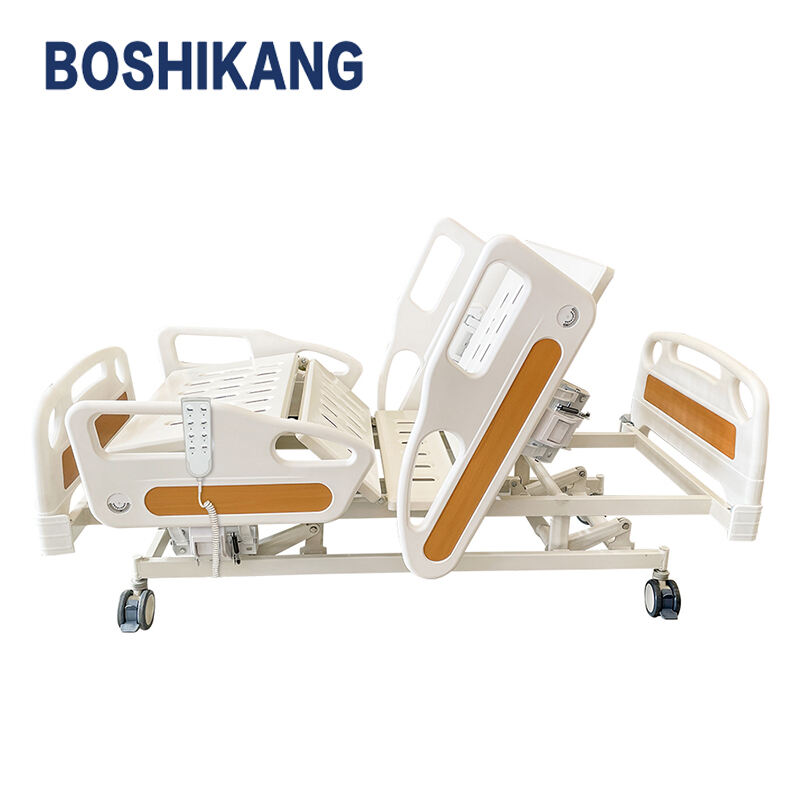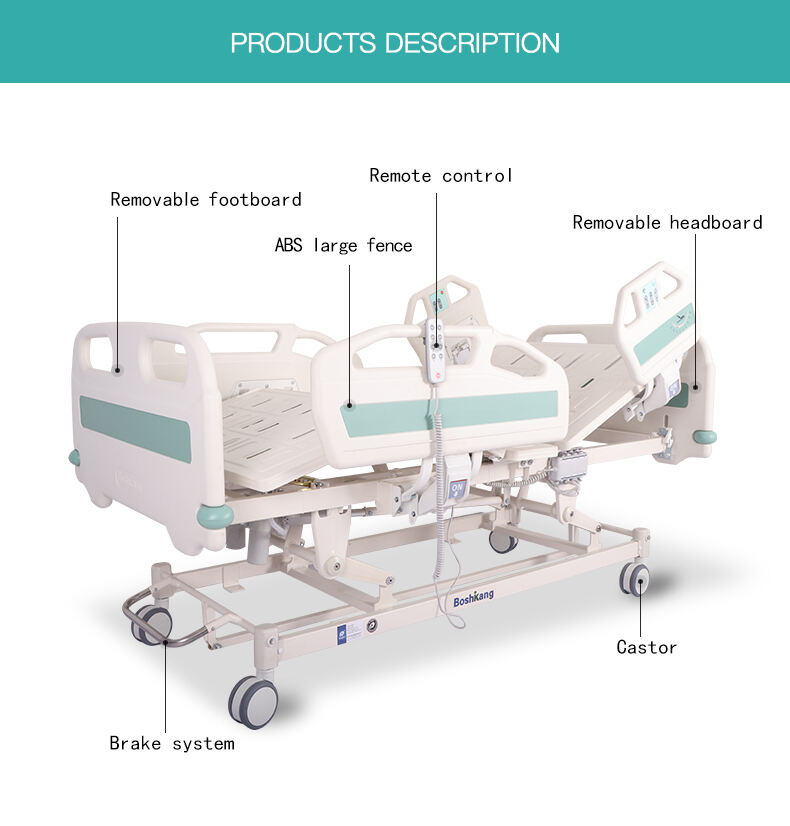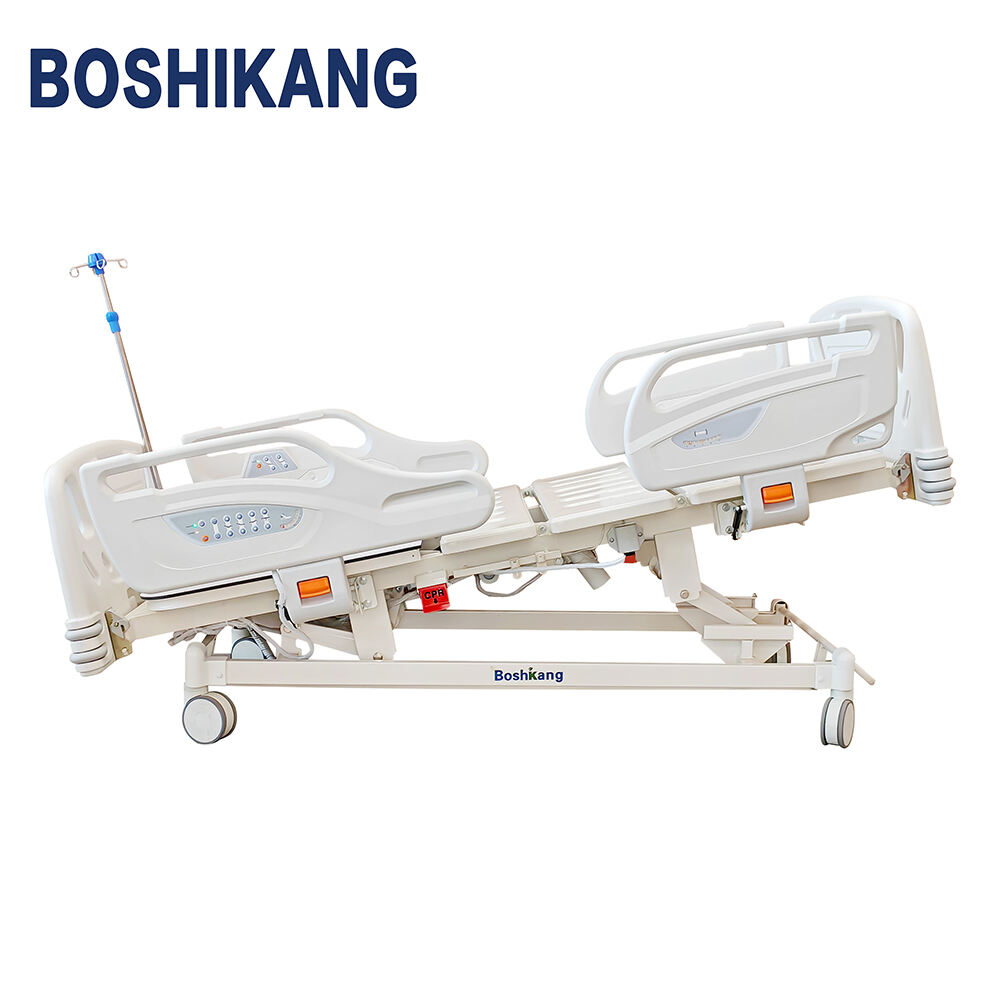hospital waiting area chairs
Hospital waiting area chairs represent essential furnishings designed to provide comfort and functionality in healthcare environments. These specialized seating solutions combine ergonomic design with durability to accommodate patients and visitors during their time in medical facilities. Modern hospital waiting area chairs feature antimicrobial materials, ensuring a hygienic environment while incorporating easy-to-clean surfaces that support regular sanitization protocols. The chairs typically come with high-density foam padding and contoured backs to promote proper posture and comfort during extended waiting periods. Many models include integrated armrests with sturdy support, facilitating easier sitting and standing movements for users with mobility challenges. Contemporary designs often feature modular configurations, allowing facilities to optimize space utilization while maintaining appropriate social distancing measures. The materials used in construction, such as healthcare-grade vinyl and reinforced frames, are specifically chosen to withstand constant use while meeting strict healthcare facility standards. Advanced features may include built-in power outlets for charging devices, bariatric options for larger patients, and linking capabilities to create organized seating arrangements. These chairs also incorporate fire-retardant materials and meet various safety certifications required in healthcare settings.











